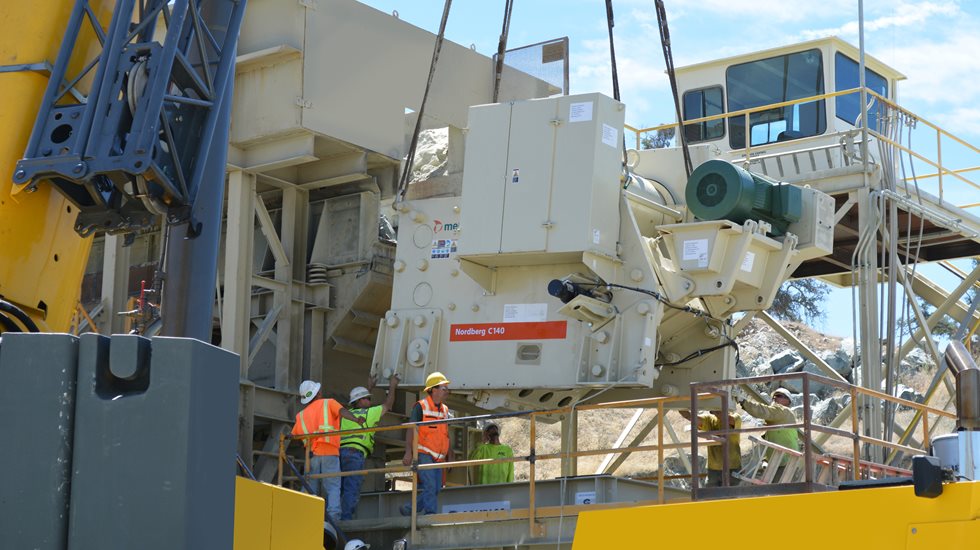Primary crusher is the workhorse that takes blast feed sizes and turns them into smaller sizes that are manageable for other site components—the belts, the screens, and eventually any secondary crushers—on the road to a finished product. All components at a crushing site depend on the primary crusher functioning properly, which is why choosing the right crusher for the job is critical.
Defining the intended purpose of your primary crusher
The first step in choosing a primary crusher takes place at a high level. It’s necessary to identify the purpose the crusher will be used for.
This purpose is a given that precedes the entire decision-making process. Sometimes, a measure of guidance or experience is needed.
The two main components to consider when identifying purpose are feed size and type of material to be crushed. There are a variety of other factors to review as well—the long-term strategy for the site, discharge gradation, moisture content of the material, and the targeted amount of production, just to name a few.
Gyratory crushers are typically only used if the targeted amount of production is more than one million tons per year. These machines are made-to-order and often take more than a year to be completed from request, in addition to another month of installation on site. That makes them best-suited for plants with long-term plans. They’re ideal for abrasive material, like granite.
Jaw crushers are workhorse crushers and the most commonly used. They’re fit for abrasive material as well but are far more portable than gyratory crushers and can be relocated each year as necessary.
Impact crushers are best for less abrasive material, like limestone. These crushers invoke higher wear costs over time but generally provide greater reduction and possibly better shape.
Testing the fit and functionality of your primary crusher
With the overall purpose of your crusher determined, the next step is to home in on the expected performance of crusher model variations. This is where simulations become vitally important.
The purpose of running a simulation is to determine how the new primary crusher performs and to estimate how the performance will impact load downstream. Depending on the situation (equipment types, site location, etc.), this is typically done through our Bruno software, or similar.
This step may lead to subtle changes in crusher recommendation. For instance, based on simulated results, it may make sense to forego a portable jaw crusher for a stationary model.
After simulation, the next step in ensuring crusher fit is to visually carry the selection through to other components of the plant via a concept drawing. This will include visual representation of the existing crushing site, complete with topographical map and grade elevation, as well as a depiction of impacted components showing the system’s flow. A new primary crusher typically requires updates to conveyors and screens as well when replacing existing units for increased capacity.
Properly installing your primary crusher
With the right type and model of crusher chosen, the final step in the process is the implementation of the crusher into the plant.
This varies greatly depending on the context and can often become complicated and difficult. To minimize complexity, be sure the crusher manufacturer or distributor have service technicians with the expertise to support your installation at every step of the way. This includes project management, system configuration, performance verification, and equipment training.
Working with a partner to ensure the proper installation of your primary crusher will free up your time, offer added reliability, and enable a site configuration for maximum production from the start.
About the author
Our guest blogger, the Mellott Company, is an official Metso Outotec distributor since 2000. Mellott’s journey started in the 1920s as a lumber and coal company, and they have been contributing to the development of the construction industry in the US for nearly 100 years. Today, Mellott provides a full-scope of aggregates solutions ranging from contract crushing and systems engineering to parts sales and service. The company has headquarters and manufacturing campus in Warfordsburg, Pennsylvania, US.
